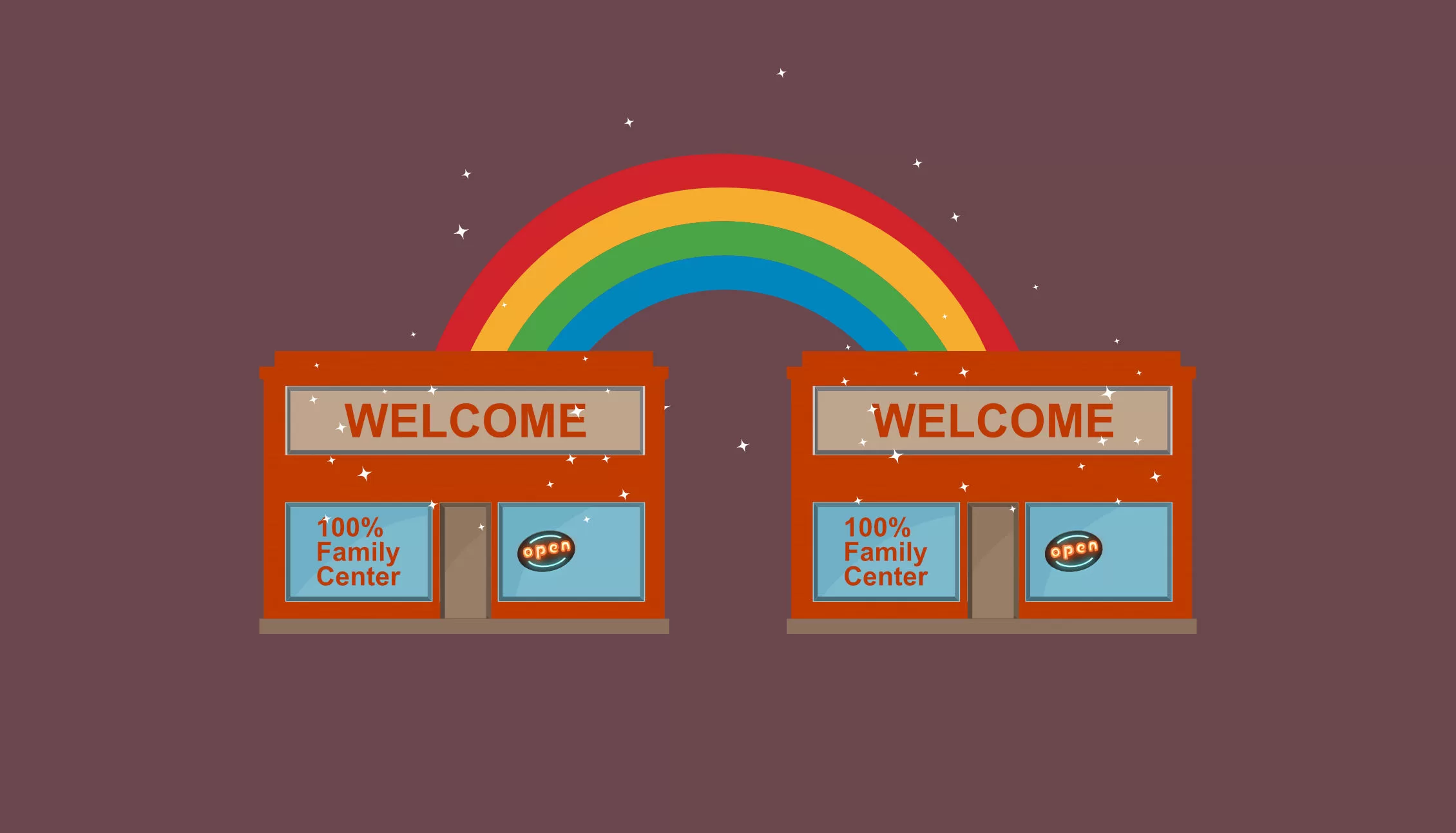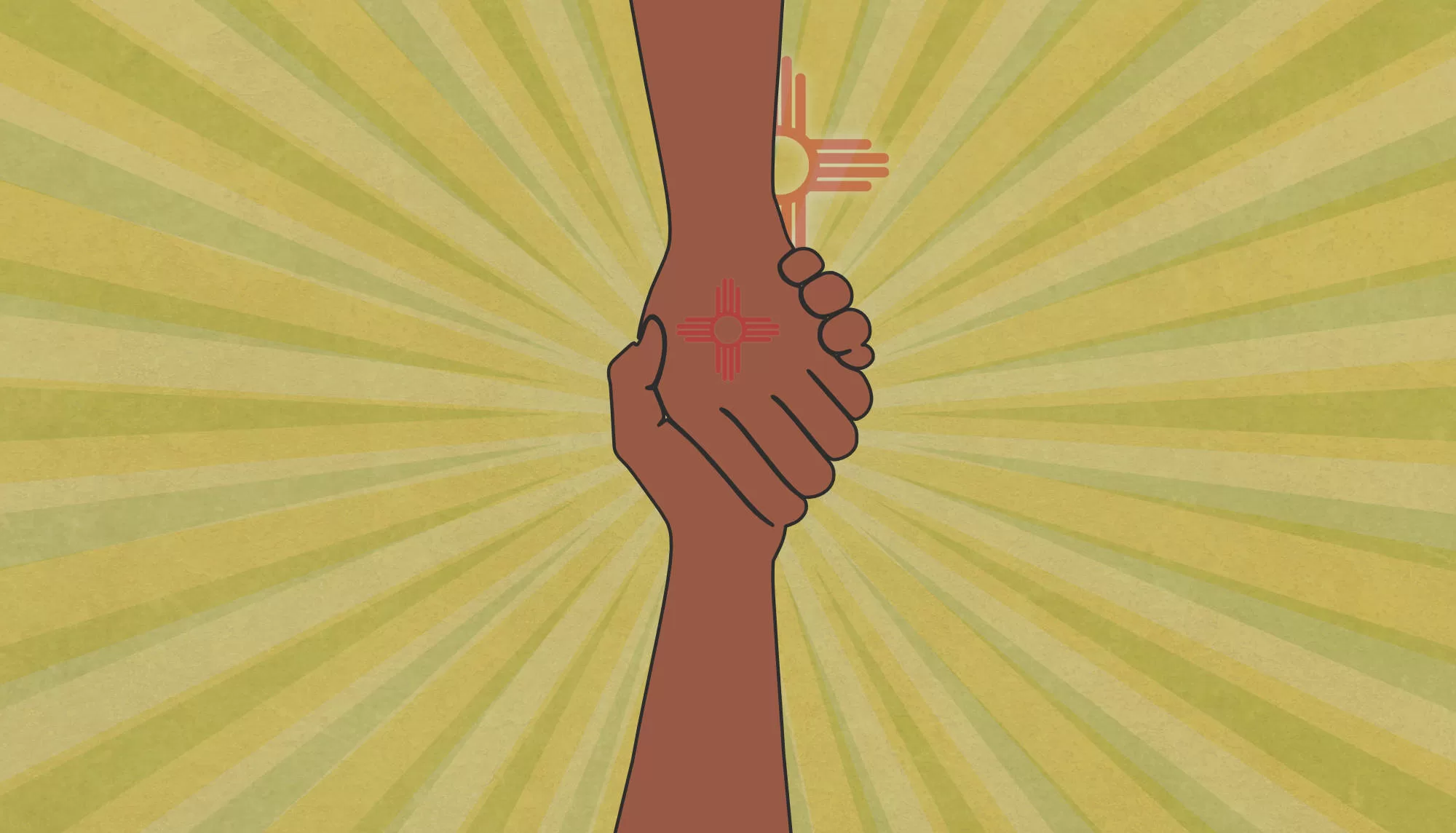How Do You Design a 100% Family Center?
Our new “The 100% Family Center” course provides participants with all the steps to design and identify funding for the groundbreaking one-stop service hub.
Katherine Ortega Courtney, PhD and Dominic Cappello
The opportunity to change lives is here. We know how to leverage existing local services to create a one-stop service hub for every family and we want to teach you how to do it in your community. Our self-guided course is free to all New Mexicans. It introduces local 100% New Mexico initiative members and their partners to the 100% New Mexico initiative’s 100% Family Center: One Stop Service Hub. The family center is based on the “one-stop” model to provide ten vital services in each county on-site, online with telehealth models, or with the support of staff navigators who link family members to local or regional services.
With our 100% New Mexico County Surveys identifying service barriers for many families, the center can ensure all family members, students, and out-of-school youth can access the ten vital services for surviving and thriving. The five services for surviving are medical/dental care, behavioral healthcare, food security programs, affordable housing, and job training. The five services for thriving include parent supports, early childhood learning programs, community schools, mentor programs, and job training.
In the language of public health, these ten services represent the social determinants of health, which describe the community services that determine a child’s and adult’s health, safety, education, job readiness, and overall quality of life. The social determinants can be described as adverse, which means an environment lacks easy access to timely, quality services. The social determinants can also be described as positive, meaning families have access to ten vital services without cost barriers and other factors. Our book, Anna, Age Eight: The data-driven prevention of childhood trauma and maltreatment, is a great place to learn more about the social determinants of health and their impact on the lives of New Mexico’s families.
Explore the course learning objectives.
Participants of the 100% Family Center course will be able to answer the following questions when speaking with the public, elected leaders, agency managers, potential funders, and community stakeholders:
Lesson 1. What is the vision, mission, and goal of the 100% Family Center?
Lesson 2. What does the countywide survey reveal about service barriers, and how does the center address them?
Lesson 3. What are the benefits of the 100% Family Center?
Lesson 4. What are the staffing needs of the 100% Family Centers?
Lesson 5. How can the center be staffed to increase county services?
Lesson 6. How will center visitors be able to access services with the internet?
Lesson 7. How does the center address the barrier of cost to services?
Lesson 8. How can community schools become a one-stop service hub?
Lesson 9. How can a 100% Family Center address adverse childhood experiences and trauma?
Lesson 10. How do we create buy-in and funding for the 100% Family Center?
The center is a groundbreaking collaborative strategy.
When creating 100% Family Centers, collaboration is critical. Our local 100% New Mexico initiative leaders collaborate with representatives from state, city, and county governments, in addition to visionary partners in higher education and the public sector, to design, build, and fund the centers.
Mission: The 100% New Mexico initiative is dedicated to ensuring that 100% of families can access ten vital services crucial for their overall health, resilience, and success. This university-sponsored endeavor necessitates the local implementation of evidence-based strategies encompassing both community and school-based service hubs, aiming to prevent the most pressing and costly public health and safety challenges, including adverse social determinants of health and adverse childhood experiences.
Don’t miss a blog post! Get notified!
The 100% New Mexico initiative is a program of the Anna, Age Eight Institute at New Mexico State University, College of Agricultural, Consumer and Environmental Sciences, Cooperative Extension Service. Contact: annaageeight@nmsu.edu or visit annaageeight.nmsu.edu to learn more.





